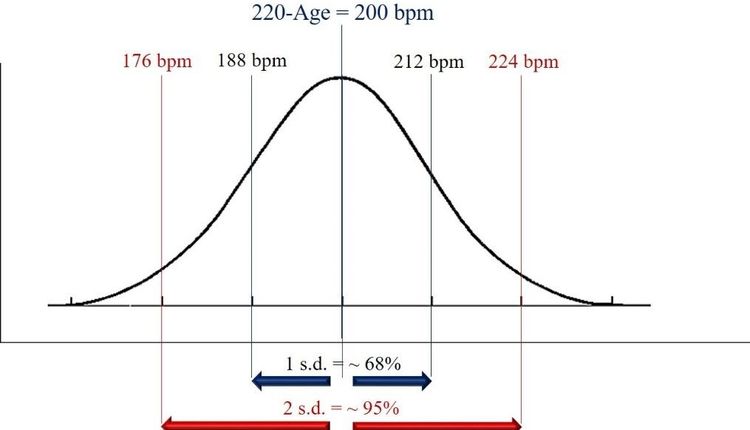The recent news that a common knee surgery does nothing for osteoarthritis of the knee might have sounded like bad news to some patients: one less chance at relief from pain and stiffness.
But experts in arthritis care say the results give them a chance to talk about good news: There's a lot you can do to prevent or treat this increasingly common problem.
"Most people accept osteoarthritis as a part of aging and have this misperception that there's nothing you can do," says Patience White, chief public health officer for the Arthritis Foundation and a rheumatologist in Washington, D.C. "There is no quick fix, but there are things you can do."
In the past, osteoarthritis, the most common form of arthritis, was thought to result entirely from wear and tear on joints — unlike rheumatoid arthritis, a disorder in which the immune system attacks joints.
Today, osteoarthritis is understood to be a more complex inflammatory disorder. Doctors don't yet know all the details, but they do know that the cartilage surrounding joints breaks down over time. That allows bones to rub together and causes stiffness, pain and loss of movement.
They also know some people are at greater risk than others. But people can change their risk and can help themselves once symptoms develop, White says. Health professionals also have tools beyond the surgery proven ineffective in that New England Journal of Medicine study. (The surgery involves inserting a scope in the knee, then flushing away loose bone chips and smoothing rough cartilage.)
"We have a lot to offer," says Tony Rankin, an orthopedic surgeon in Washington, D.C., and president of the American Academy of Orthopaedic Surgeons (AAOS).
Here's how to save your knees:
News release provided by USA Today. Visit www.USAtoday.com for more headlines.
But experts in arthritis care say the results give them a chance to talk about good news: There's a lot you can do to prevent or treat this increasingly common problem.
"Most people accept osteoarthritis as a part of aging and have this misperception that there's nothing you can do," says Patience White, chief public health officer for the Arthritis Foundation and a rheumatologist in Washington, D.C. "There is no quick fix, but there are things you can do."
In the past, osteoarthritis, the most common form of arthritis, was thought to result entirely from wear and tear on joints — unlike rheumatoid arthritis, a disorder in which the immune system attacks joints.
Today, osteoarthritis is understood to be a more complex inflammatory disorder. Doctors don't yet know all the details, but they do know that the cartilage surrounding joints breaks down over time. That allows bones to rub together and causes stiffness, pain and loss of movement.
They also know some people are at greater risk than others. But people can change their risk and can help themselves once symptoms develop, White says. Health professionals also have tools beyond the surgery proven ineffective in that New England Journal of Medicine study. (The surgery involves inserting a scope in the knee, then flushing away loose bone chips and smoothing rough cartilage.)
"We have a lot to offer," says Tony Rankin, an orthopedic surgeon in Washington, D.C., and president of the American Academy of Orthopaedic Surgeons (AAOS).
Here's how to save your knees:
- Watch your weight. The more you weigh, the higher your risk. Each pound you gain adds 4 pounds of stress to your knees when you walk, White says. If you have pain and stiffness already, losing weight will help.
- Keep moving."Most people who begin to have joint pain assume they cannot exercise," White says. "Actually, physical activity makes it better." Details on exercise programs proven safe and effective at reducing pain and stiffness and increasing function can be found at www.arthritis.org.
- Treat your pain. Medications, including ibuprofen and acetaminophen, can help. Injections of steroids and lubricating agents also have a role, doctors say. But the point isn't to return patients comfortably to their couches; it's to get them moving, says AAOS board member Michael Schafer, a Chicago orthopedic surgeon: "The more you can be proactive and work on this yourself, the better you'll do."
- Try a supplement. Though study results on glucosamine and chondroitin sulfate are inconsistent, "a number of my patients tell me it helps them, and I believe them," Rankin says. But Schafer says if you get no pain relief in a month, "you're wasting your money."
- See a physical therapist. Patients who had moderate to severe knee symptoms in the recent study got no benefit from surgery but did improve, apparently because they got physical therapy along with medications. People who come to all their appointments and do the assigned home exercises do get better, and "it's incredibly less expensive" than surgery, says Lynn Snyder Mackler, a certified sports physical therapist at the University of Delaware in Newark.
- Don't rule out surgery. Arthroscopic surgeries such as those in the recent study can still help patients who have certain injuries in addition to arthritis, Rankin and Schafer say. Other surgeries, including bone realignments, are sometimes appropriate. And knee replacement surgery remains an effective option when all else fails.
News release provided by USA Today. Visit www.USAtoday.com for more headlines.







